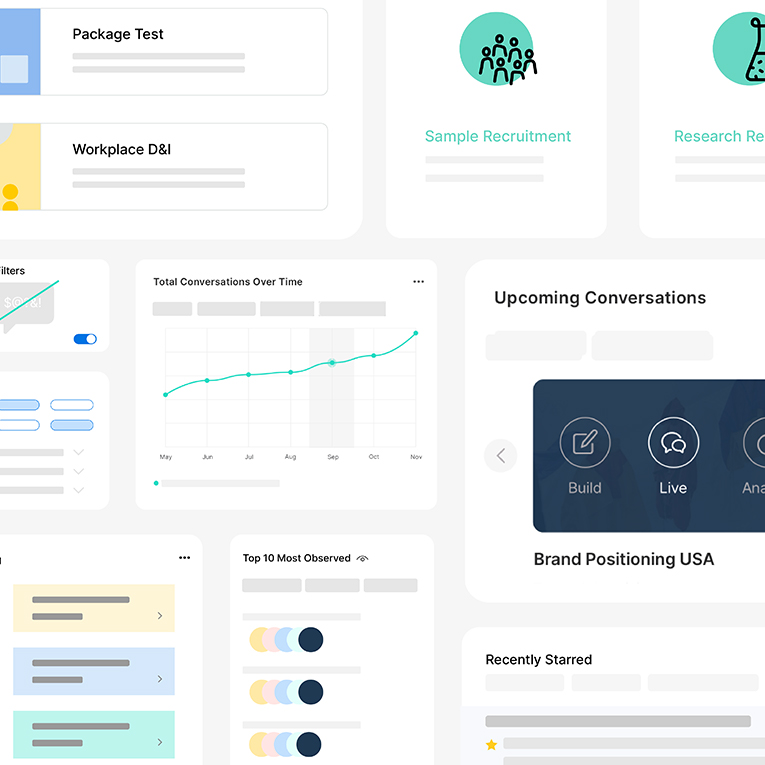.webp)
Trends
How to Calculate Your Sample Size Using a Sample Size Formula

.png)

.png)
Read More

.png)
.png)
.png)
Maria Noesi
November 25, 2021
Remesher
.webp)
Trends
How to Calculate Your Sample Size Using a Sample Size Formula

.png)

.png)
Read More

.png)
.png)
.png)
November 25, 2021
Remesher
.webp)
Trends
How to Calculate Your Sample Size Using a Sample Size Formula

.png)

.png)
Read More

.png)
.png)
.png)
November 25, 2021
Remesher
.webp)
Trends
How to Calculate Your Sample Size Using a Sample Size Formula

.png)

.png)
Read More

.png)
.png)
.png)
November 25, 2021
Remesher
.webp)
Trends
How to Calculate Your Sample Size Using a Sample Size Formula

.png)

.png)
Read More

.png)
.png)
.png)
November 25, 2021
Remesher
.webp)
Trends
How to Calculate Your Sample Size Using a Sample Size Formula

.png)

.png)
Read More

.png)
.png)
.png)
November 25, 2021
Remesher
4 Tips to Improve Email Survey Response Rates
Email marketing can skyrocket your survey response rates. Earn a higher response rate and encourage respondents to complete your survey with these 4 tips.

Following the trend of today’s marketers, you’re likely trying to better understand your customers. Although creating surveys has become a chief strategy in identifying your customer profile, marketers have taken on new and more creative ways to get their customers to give feedback.
The biggest roadblock? Getting people to take a survey to begin with.
In an inbox full of branded emails, you have to stand out. If you’re crafty enough to get past the spam filter, you’re still competing with other addresses and subject lines. This presents two hurdles you have to overcome:
- Get noticed. How can you compete with the inevitable pile of invitations that are already there from other companies?
- Encourage engagement. Assume that everyone is busy. What value are you adding by asking for feedback?
This can be a little overwhelming. Luckily, there are a few things to keep in mind when drafting a survey email that can make a huge difference in response rates.
Survey Design
Success in response rates takes on a wide variety of different factors. In general, surveys that you are distributing internally (e.g. employee feedback surveys) are easier to get responses for compared to when you distribute externally (because internal respondents are often easier to access).
External surveys can include:
- product feedback surveys
- customer satisfaction surveys
- Surveys that improve client experiences
In order to maximize your response rates for either type of survey, make sure your target respondents are motivated and the survey is well designed. For internal surveys, motivating your respondents to take the survey and give their feedback is more straightforward than surveys with a wider customer base.
Hopefully, the questions are designed to allow you to take the feedback from your employees and use it to improve the company culture. For example, an employee engagement survey can help in researching new ways to improve company culture around the office, or a leadership feedback survey can give management an idea of areas to improve upon in their interaction with teams. Being transparent about these motivations can also encourage employees to take a survey seriously - which equates to stronger data for your team.
It can also be tricky to motivate your respondents to take an external survey. They may wonder why their feedback matters and how it affects them directly, especially if there is no monetary incentive.
Customer Loyalty: Get personal. Get visible.
Do your customers have a connection to your company or the product you are trying to research? Remind them of who you are, what you are trying to do, and the aim of your product or brand. People have a higher likelihood of opening your email if it is coming from a trusted domain or address.
Be sure to establish yourself or your company off the bat. If possible, add in brand logos or brand colors to get yourself recognized. Additionally, this provides another place to advertise your brand to a digital audience.
Many survey platforms use standardized invitations in emails. This can be anywhere from “noreply@yourcompanyname.com” to simply “Open Me!” in the subject line.
Although sometimes effective in getting past the spam folder, standardized addresses can make the email feel a little less personal.
Be a human, not a robot (yes, we know, the singularity is near! 🤖). Your respondents are humans too. Make the sender address ta real name of someone at your company, and address your respondents by their name, not by “Valued customer” or “Dear employee.”
Transparency in Survey Research
How much of the research purposes can you share with your respondents? If your respondents want to give feedback, they are more than likely going to want information about what their responses are used for. Who is going to be seeing them? This information can be especially important if the information is sensitive or personal to whoever is taking the survey.
1. What’s in it for survey respondents?
Whether it’s getting entered into a raffle or gaining access to something ahead of the crowd, most of your respondents are going to want you to up the ante. In order to improve your response rates, acknowledge that the time of your respondents is valuable. Offer to kick something back to your respondents for their time.
In providing survey incentives, it’s important to read your audience. Ask, “what do we have that can offer incentives to this group of people specifically?”
For example, if you are asking for feedback on a new vegan dining option, you likely would not offer coupons to a fast-food burger chain as an incentive. Pay attention to the details.
Be sure to let your respondents know what they are helping to accomplish. This can be achieved in a few different ways, but it depends on your survey and how you’ve selected your sample of people. If you’ve selected repeating customers of a certain product, be sure to mention that their feedback will be used to improve their product experience in the future. Be as specific as possible!
2. Increase Completion Rate Through Personalization
This one ties into making it personal. If possible, make your email as personalized to each respondent with as much information as you have - many email marketing platforms offer standard personalization options that can be useful for this purpose. For example, if you are recruiting a sample who is a regular customer of your product, try to include their recent ties to your company/ their purchase.
Example:
“Hi, [FIRST NAME]! We see that you’ve recently purchased a new version of [PRODUCT]! To help improve your experience using [PRODUCT], we have a few quick questions.”
3. Structure Can Increase Response Rates
Time
How much of your respondents’ time is this survey taking up? Are you asking for five minutes or 15? Be clear about the commitment.
If potential respondents choose to take the survey and it takes longer than expected (or longer than necessary to gather the main information for the study), respondents will lose interest or drop out. According to Marketo, 45% of respondents are willing to spend up to 5 minutes on a survey, while only a third are willing to spend up to 10 minutes.
Reminder Emails
As it gets closer to the survey deadline (i.e. the time you’ll organize the research and discuss future changes), give your respondents a few gestures to encourage their responses in a reminder email. As a general rule of thumb, limit yourself to two reminder emails maximum. If a respondent hasn’t taken a survey (or seen the survey in their inbox) on the first few tries, it isn’t very likely that they will take your survey at all.
Spam Filters
These can get tricky to avoid. Most companies have implemented technology that automatically catches spam emails and keeps them out of your inbox. Especially when you are sending from an unknown email address, you risk being skipped over.
Let’s trace back to making it personal. If your email looks like it’s coming from a real human being, the chance of it landing in your customer's inbox becomes substantially higher.
Summing Up Survey Response Rate in Emails
Ultimately, you want your survey email to sound similar to the survey questions themselves. If you’ve designed the survey effectively, you probably sound like a human being instead of a computer. Make your survey emails sound the same way.
Think about the things you look for when perusing through a packed inbox, and try to avoid the things that you would delete. Be personal, be visible, and don’t forget to target your audience as specifically as possible for the best results.
For some tips on creating the survey questions before you send it off to a sample, be sure to check out the link below!
{{cta('e0b5f6b0-4da0-4586-8108-f190d6f9883a','justifycenter')}}
Stay up-to date.
Stay ahead of the curve. Get it all. Or get what suits you. Our 101 material is great if you’re used to working with an agency. Are you a seasoned pro? Sign up to receive just our advanced materials.






